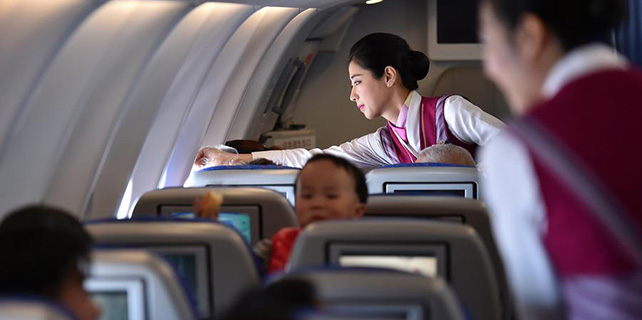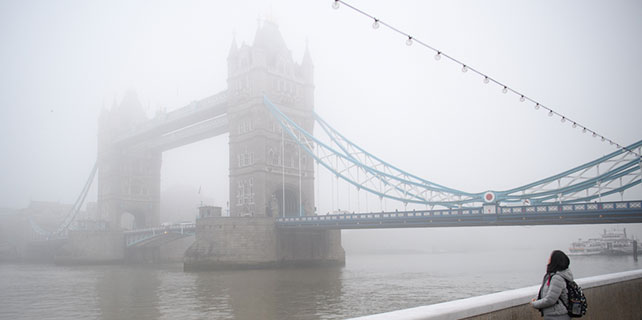US, ROK defense chiefs reaffirm THAAD deployment
SEOUL-- Defense chiefs of South Korea and the United States on Tuesday reaffirmed the bilateral agreement to deploy the US missile shield, called Terminal High Altitude Area Defense (THAAD), in the Republic of Korea (ROK) soil.
Seoul's defense ministry said that South Korean Defense Minister Han Min-koo held the first telephone talks with his US counterpart James Mattis, who became the first defense secretary under the Trump administration Monday.
During the dialogue, they shared security situations on the Korean Peninsula, agreeing to strengthen their defense capability against nuclear and missile threats from the Democratic People's Republic of Korea (DPRK) and develop the bilateral alliance under severe security environment.
The defense chiefs expressed serious concerns about top DPRK leader Kim Jong Un's New Year's Day address that said Pyongyang had entered a final stage in preparations to test-launch the long-range ballistic rocket.
Han and Mattis agreed to push the THAAD installation as scheduled and beef up close cooperation in DPRK policy between defense authorities.
Seoul and Washington abruptly announced the agreement in July last year to deploy one THAAD battery in the ROK's southeastern region by the end of this year.
It caused strong oppositions from China and Russia as the THAAD's X-band radar can peer into territories of the two nations. The US anti-missile shield is composed of the super microwave-emitting radar, six mobile launchers, 48 interceptors and the fire control unit.
The radar also caused a barrage of criticism from residents in Seongju county, where the THAAD is scheduled to be installed, and its nearby Gimcheon city as it is detrimental to environment and human body.
The absense of open discussions stoked parliamentary and public objections. Some of conservative voters believe that the THAAD is a cure-all to protect the ROK from the DPRK's nuclear threats, but others raise doubts over its intercepting capability and worry about escalated tensions and arms race in the region.
The THAAD is designed to shoot down incoming missiles at an altitude of 40-150 km, but most of DPRK missiles targeting Seoul fly at an altitude of less than 40 km.
The US missile shield is also incapable of protecting Seoul and its suburban metropolitan area, which has more than half of the country's 50 million population.
















